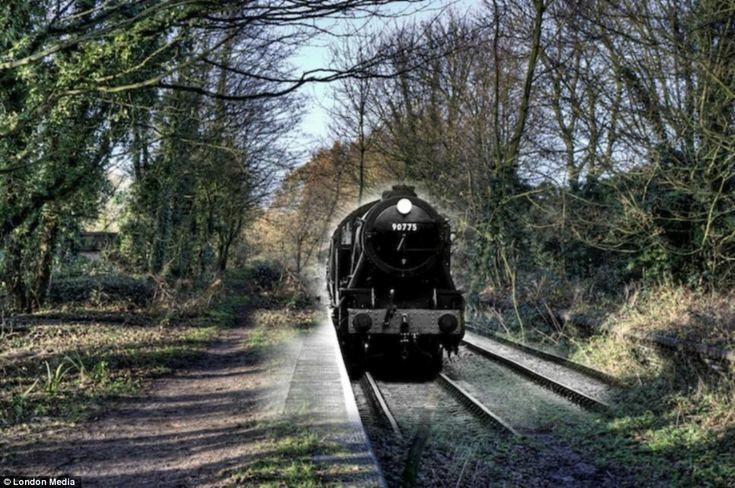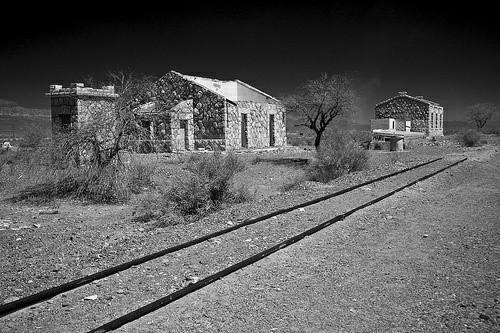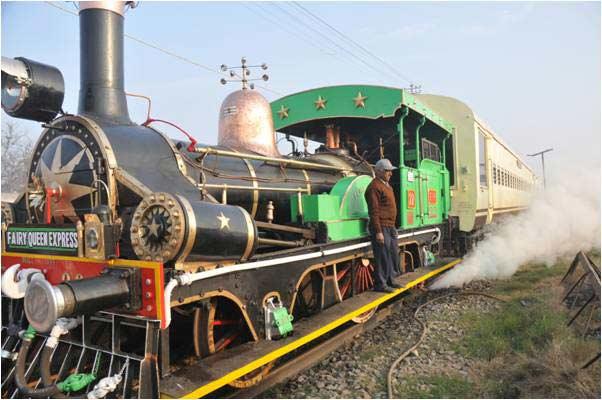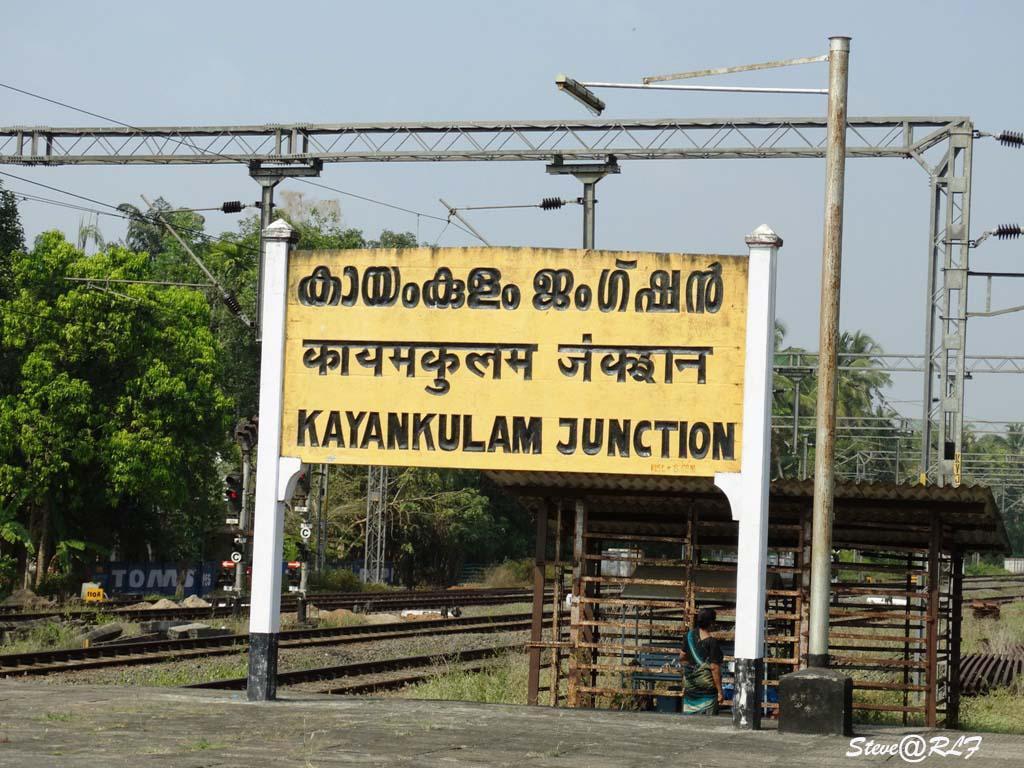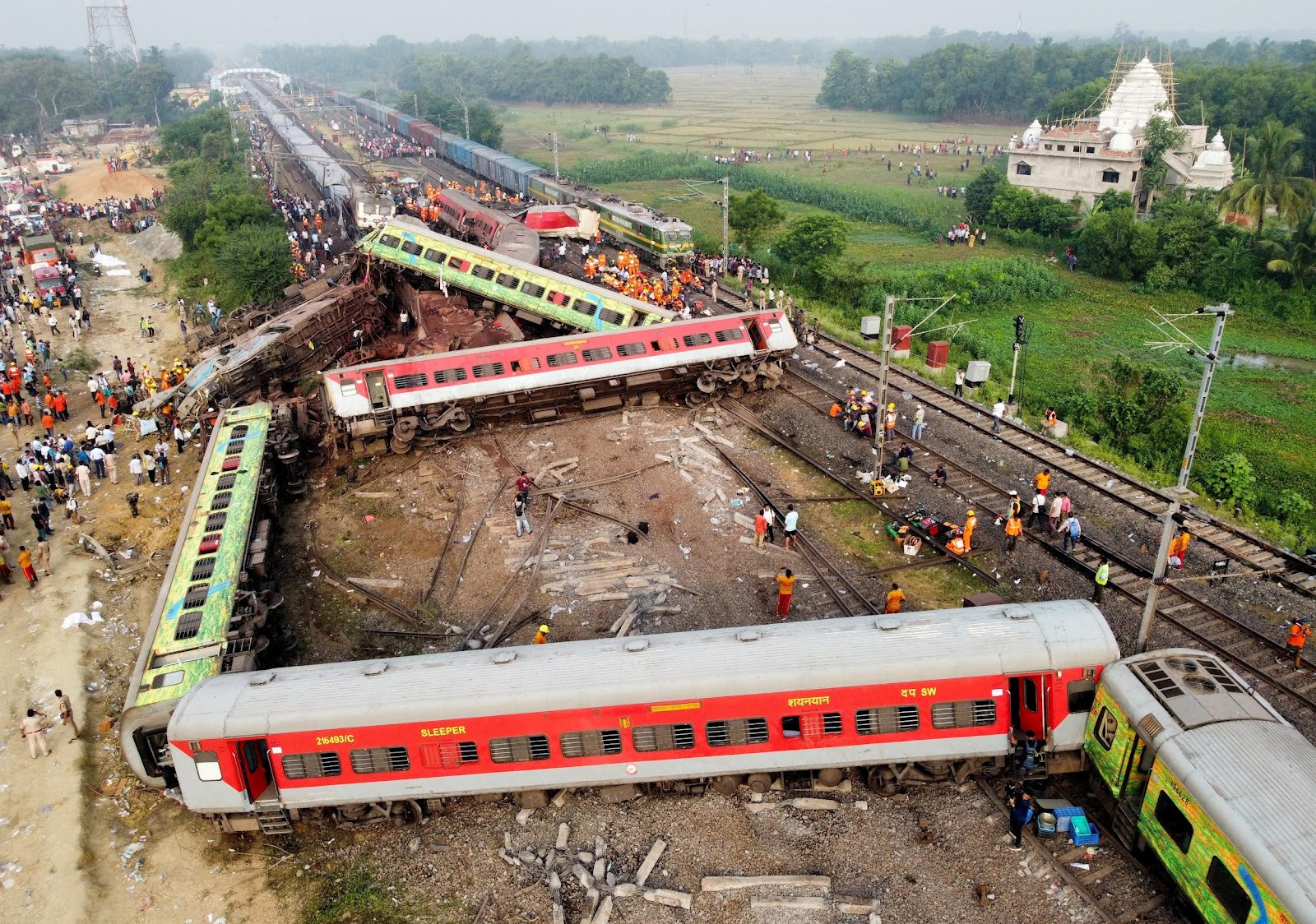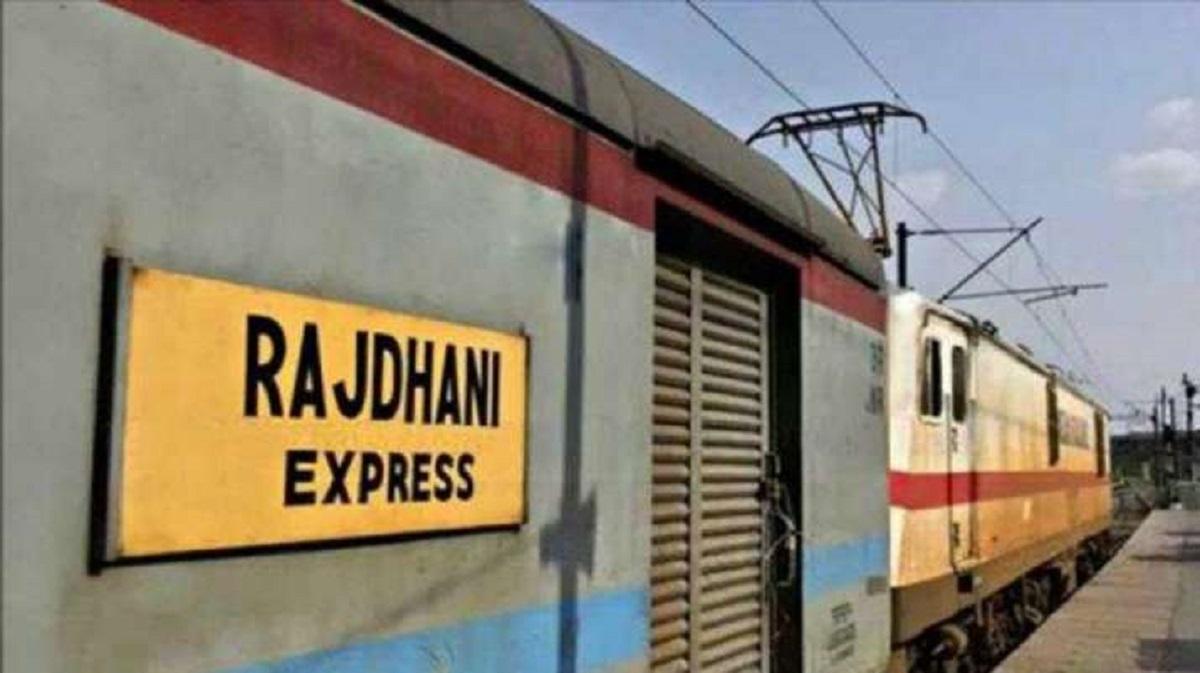#25 Railway Heritage Walks: Unveiling Hidden Gems and Forgotten Routes (Indian Railways Series)
Photo: Pinterest Discovering Railway History on Heritage Walks India’s railway network has a rich history and heritage waiting to be explored. Railway-themed heritage walks are uncovering this legacy through guided tours of hidden gems, old stations, and tunnels. These walks spotlight unique facts and stories to appreciate the railways’ contributions. Hidden Histories Do you know Mumbai’s iconic Victoria Terminus station was designed by British architect Frederick William Stevens? Shockingly, the UNESCO World Heritage Site borrows Gothic, Hindu, and Islamic architectural styles. Kolkata’s Howrah Bridge uses 26,500 tonnes of steel trusses fabricated in England. These fascinating nuggets of history and engineering trivia are highlighted on railway heritage walks. Not only that, many walks even traverse forgotten tunnels and routes to highlight railway expansion. The old Yamuna Bridge connecting Delhi and Lahore is a must-see on the Delhi Walk. Experiencing Heritage Heritage walks are guided by experts who share insider stories and lesser-known facts. You get to discover the vision behind stations, bridges, and workshops on these curated trails. It’s amazing to identify old locomotives, signaling systems, meters, and coaches that built our rail network: spot colonial markers, boundary walls, and milestones along the trail. You’ll also appreciate how railway lines align with local history. The Chennai Egmore Museum walk shows this beautifully. Preserving Knowledge For railway enthusiasts, heritage walks are windows into the unique engineering, architectural, and social facets that shaped rail history. They build awareness so that heritage sites are valued and preserved. Many walks even support station restoration to retain our rail heritage. Whether you’re a train lover or a history buff, railway heritage walks uncover a new side to India’s train journey. Source-

